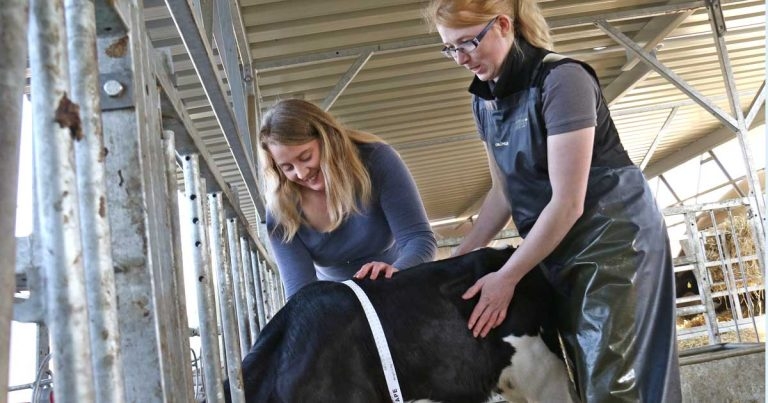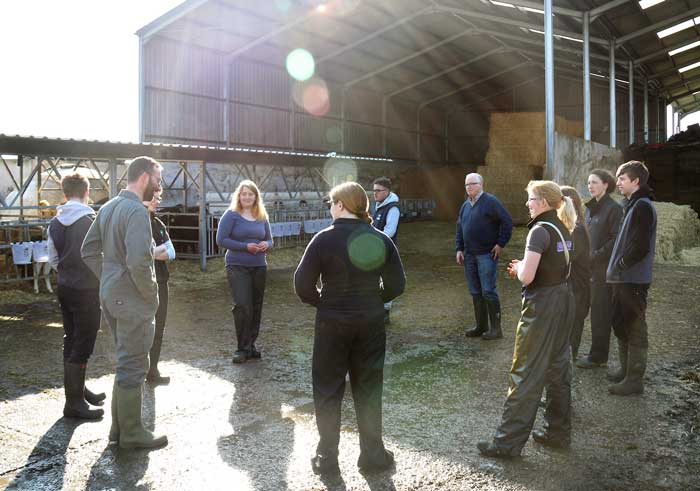21 Jul 2020
New approach to calf rearing advice: effect on antibiotic use
Lara Robinson discusses the measures implemented in a calf health club and the resulting health improvements in youngstock.

We’ve all been there: you pay a visit to a client, find the root of the problem and give advice to make improvements – only to find them in the same position during your following visit.
While it’s easy to become frustrated in these situations, sometimes it’s a signal to take a step back and evaluate the approach.
This was the case when I joined the farm team at Daleside Veterinary Group in Wrexham a few years ago and inherited the youngstock calf club.
Armed with the enthusiasm known only to those fresh out of vet school, my colleague Zoe Waterson and I followed the traditional meeting-based model implemented years ago – and it didn’t take long for us to run into the aforementioned scenario.
Our youngstock producers were engaged and seeking advice, yet no improvements were being made. Growth rates were all over the place, mortality rates were higher than average, passive transfer of colostrum antibodies was hit or miss… something had to change.
Now, more than a year into our new approach, our calf club members are making huge improvements. Calf mortality rates are down, pneumonia incidents are down and growth rates are up. Most impressively, however, we have seen a 47% decrease in antibiotic usage (for pneumonia) on one farm and a 10% decrease on another farm.
This article explains a few essential components that have contributed to calf health improvements in our calf club.

Results so far
↓Reduction in antibiotics
(reported in mg sold) – 47% on one farm and 10% on another
↓Pneumonia reduction
perceived reduction, disease no accurately recorded in the beginning
↓Scour
perceived reduction, disease not accurately recorded in the beginning
↑Growth rates
general increase in growth rates (still some seasonal fluctuations seen), but, overall, better growth rates and much less variation
Conclusion
As a profession, we have been guilty of focusing on cow health, rather than looking at youngstock health as an entity.
However, if we do not take steps to prevent disease from an early age, the adult herd will suffer long-term as a result.
Meet the authors
Lara Robinson
Job Title